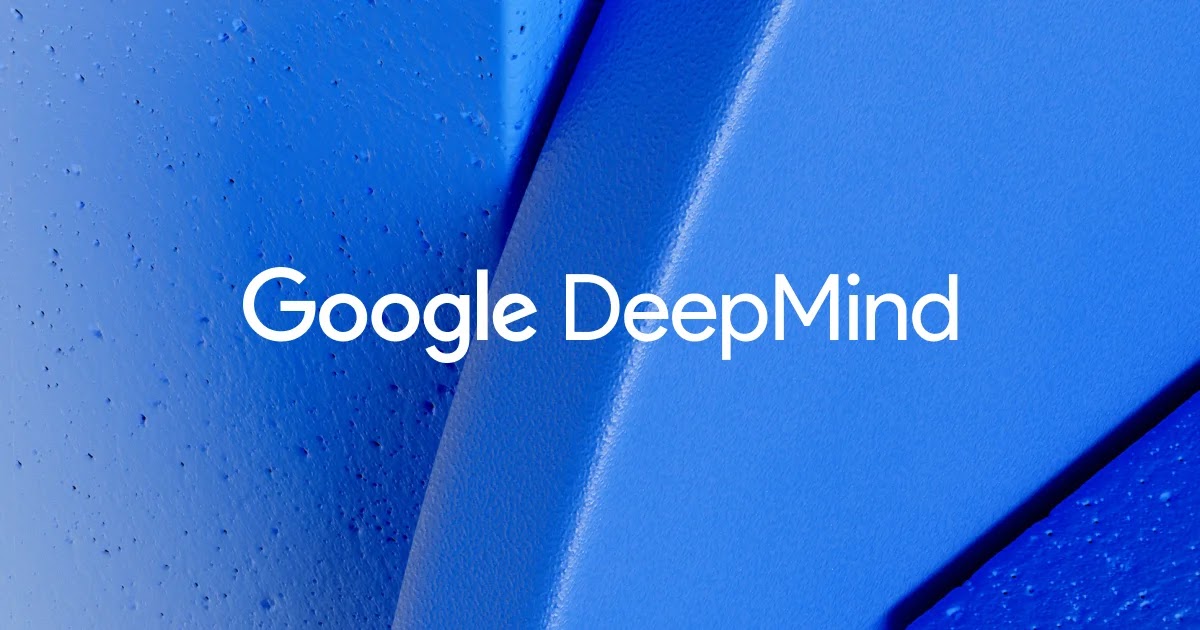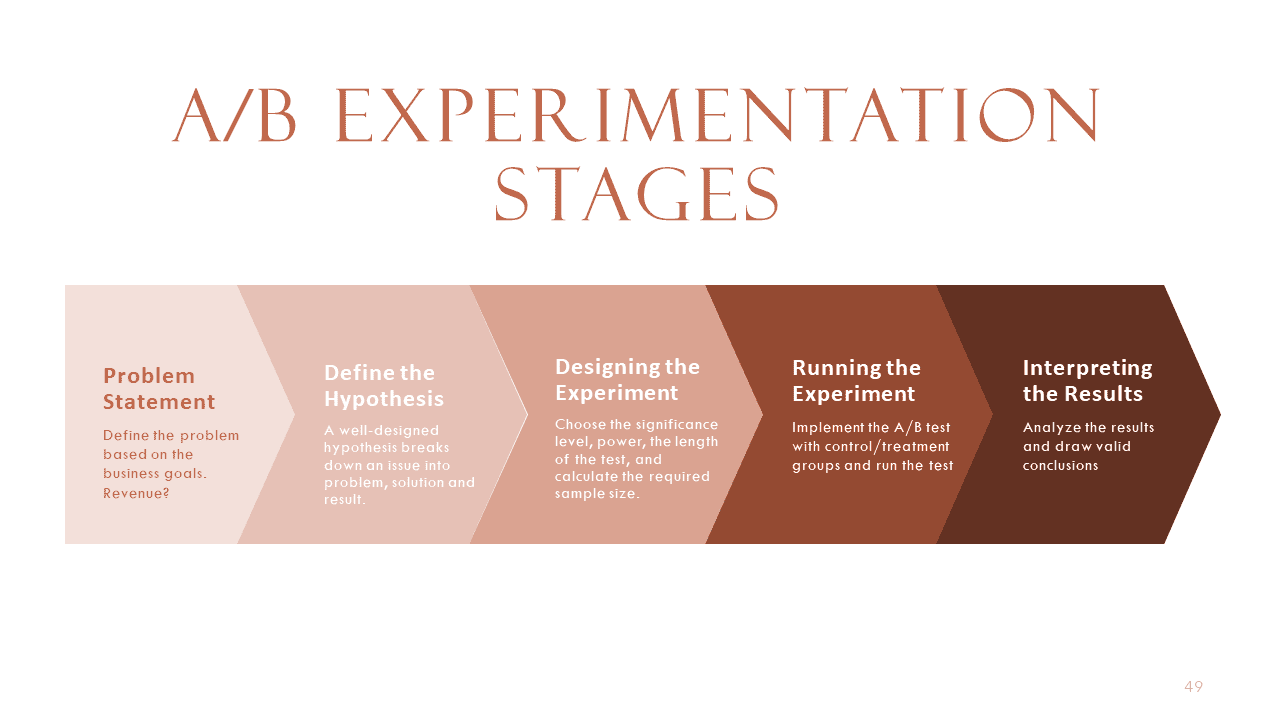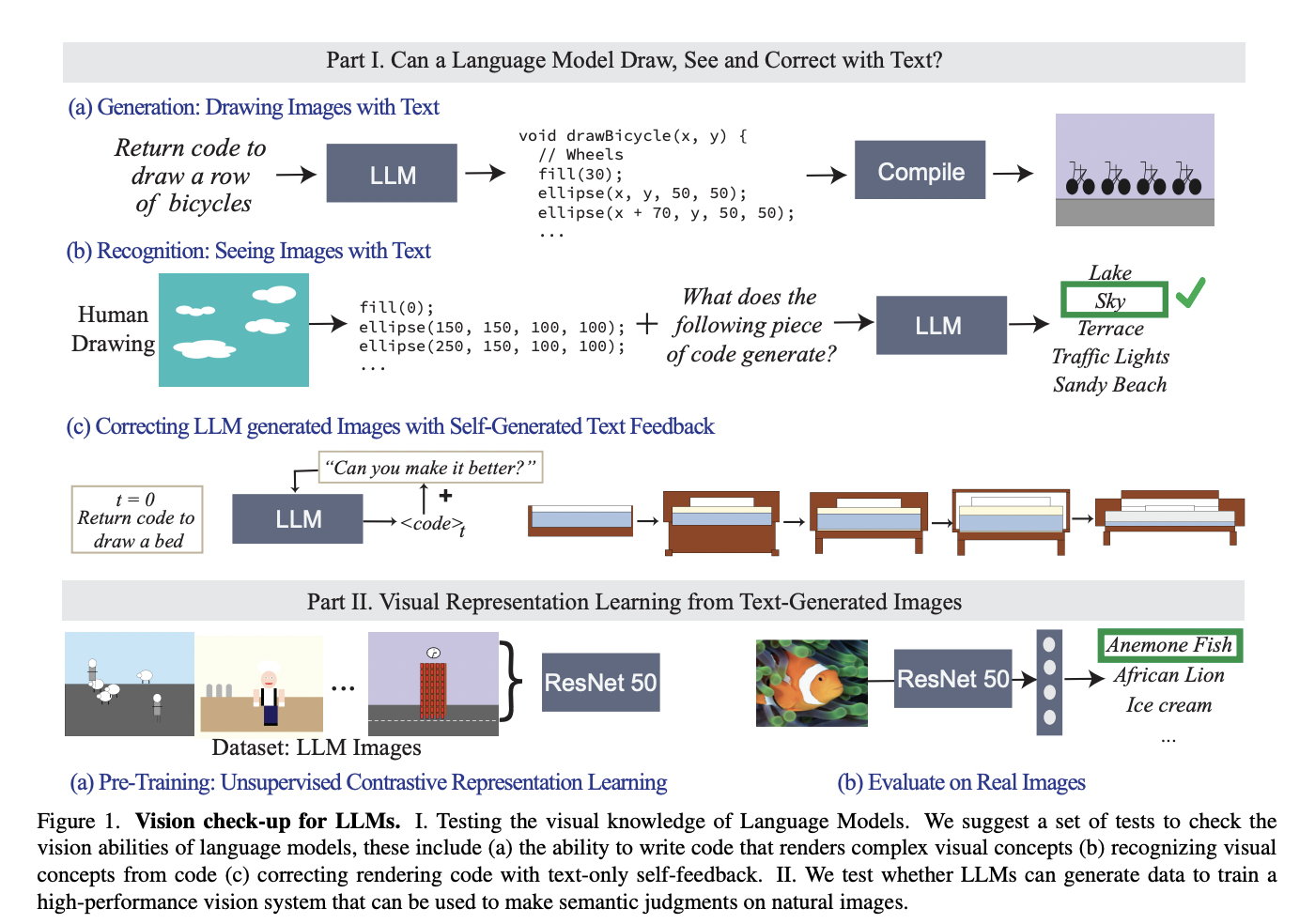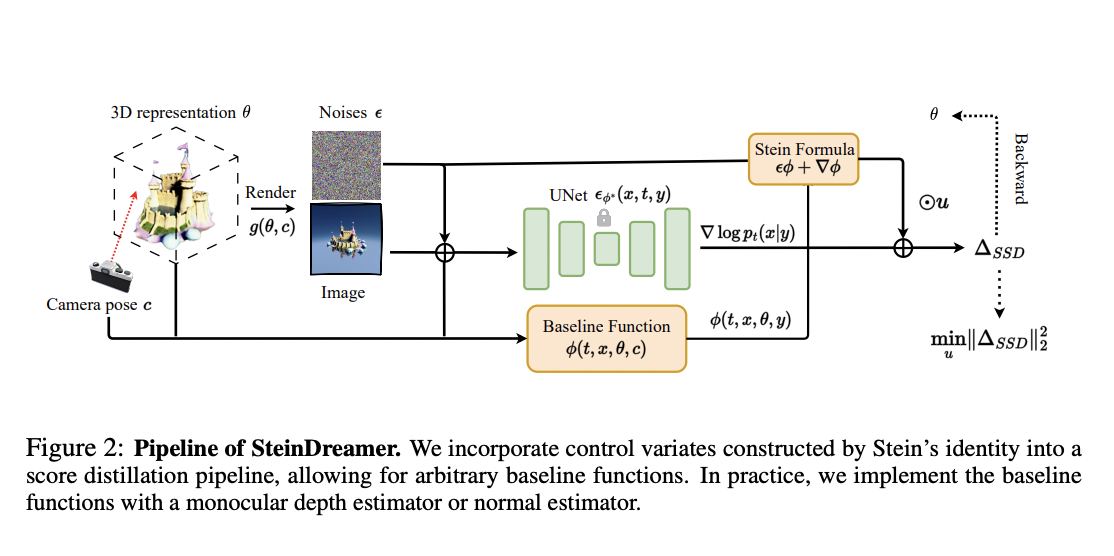In recent years, significant performance gains in autoregressive language modeling have been achieved by increasing the number of parameters in Transformer models. This has led to a tremendous increase in training energy cost and resulted in a generation of dense “Large Language Models” (LLMs) with 100+ billion parameters. Simultaneously, large datasets containing trillions of words…











